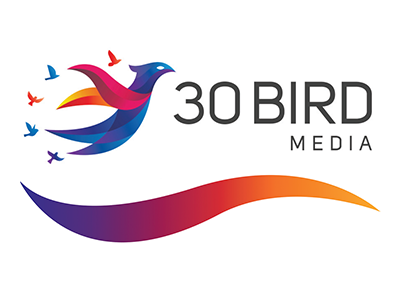 |
(ISC)² Certified Authorization Professional (CAP) |
24.00 |
(ISC)² Certified Authorization Professional (CAP) focuses on the Risk Management Framework prescribed by NIST Standards, as implemented according to the requirements of (ISC)² CAP Certification. This course is current as of April 2022. It was revised in accordance with new and updated NIST publications over the preceding two years, including NIST Special Publication (SP) 800-37, R2; SP-800-53, R5; SP 800-160, versions 1 and 2; and SP 800-171, R1 (among others), and the (ISC)² CAP Certification Exam Outline, in compliance with the stringent requirements of ANSI/ISO/IEC Standard 17024. |
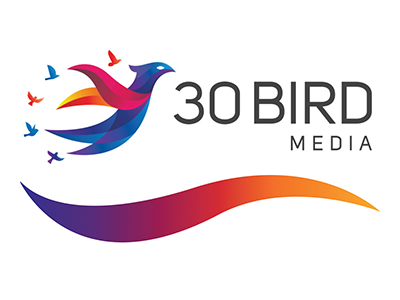 |
(ISC)² Certified Information Systems Security Professional (CISSP): 2021 Update |
40.00 |
(ISC)² Certified Information Systems Security Professional (CISSP): 2021 Update provides the knowledge needed to implement security solutions within an enterprise policy framework using a vendor-neutral format. This includes security and risk management programs, organizational policies and training, asset security, enterprise security architecture and engineering, network and communication security, identity and access management, security assessments and testing, operational security, and secure software development. This course maps to the (ISC)² CISSP certification exam objectives, which were updated by (ISC)² in May 2021. You can download an objective map for the course from http://www.30bird.com.
You will benefit most from this course if you are an experienced security professional who intends to take an (ISC)² CISSP exam. Note that if you do not meet the work requirements of five years paid experience in two of the eight exam domains, you can not receive a CISSP certification; however, you may become an Associate of (ISC)² and continue working toward other requirements. |
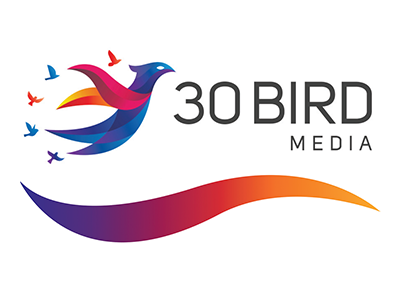 |
(ISC)² CISSP: 2021 Update Exam Prep |
1.00 |
Exam Prep to accompany 30 Bird's (ISC)² Certified Information Systems Security Professional (CISSP): 2021 Update course. |
 |
12-Step Recovery Programs |
1.50 |
This course covers the history and philosophy behind 12-step recovery programs. |
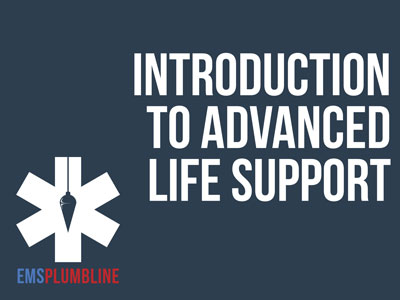 |
2019 Collaborative Advanced Life Support Adult and Pediatric Treatment Protocols |
3.00 |
The protocol changes that are listed in this lesson were developed by a committee of your ALS peers and Medical Directors from around NYS. A great deal of thought went into this project, and we would like to give you a little insight into how we came to this point. Dr. Jeremy Cushman has been involved in drafting EMS protocols for nearly two decades. His experience with the NYS Collaborative Protocol Projects will certainly lead to discussion within your coworkers.
Final Exam: These ten questions are NOT meant to summarize the entire set of protocols. Please take your time and answer carefully. These questions will spark further discussion and lead to improved care within your region. An 80% or higher is required to obtain a passing score. You have two attempts to gain this score. |
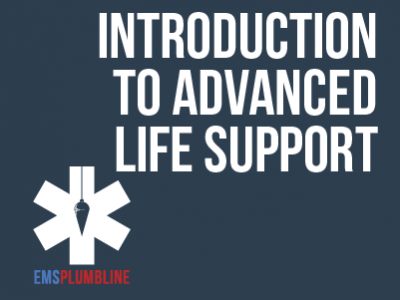 |
2021 Quarter 1: COVID-19 Quality Care Updated |
1.00 |
Providers in Western NYS have learned a great deal about treating patients that suffer from COVID-19 infections. This session was recorded in January 2021. Paramedic Shawna Rizzi does a fantastic job of interviewing Dr. Christopher Galton. Dr. Galton draws on his experience as a paramedic, EMS medical director, intensivist, and anesthesiologist to summarize the changes that every paramedic should know.
Final Exam: This multiple-choice exam is designed to test your knowledge of the material you just reviewed. You have two attempts to gain an 80% or higher on this exam. Please take your time and answer each question carefully. |
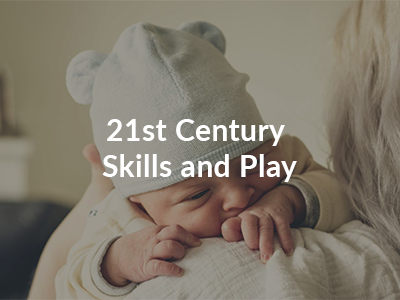 |
21st Century Skills and Play |
1.00 |
In this course, you will identify skills considered to be essential for success in the 21st century, and examine the critical connection between these skills and academic learning. You will also explore how one Key Learning Area from Learning Standards for Early Childhood - Approaches to Learning through Play - can help you promote the development of 21st Century Skills in the children with whom you work. |
 |
21st Century Skills in Early Childhood (CDA 2, 3, and 8) |
2.00 |
In this course, you will identify skills considered to be essential for success in the 21st century and examine the critical connection between these skills and academic learning. You will also explore how two Key Learning Areas from Learning Standards for Early Childhood - Social and Emotional Development and Approaches to Learning through Play - can help you promote the development of 21st Century Skills in the children with whom you work. This course is also designed to be part of a Child Development Associate (CDA) Credential™ curriculum. It covers Subject Area 2: Advancing Children’s Physical and Intellectual Development, Subject Area 3: Supporting Children’s Social and Emotional Development and Subject Area 8: Understanding Principles of Child Development and Learning. |
 |
21st Century Skills in Young Children |
1.00 |
In this course, you will identify skills considered to be essential for success in the 21st century, and examine the critical connection between these skills and academic learning. You will also explore how one Key Learning Area from Learning Standards for Early Childhood - Social and Emotional Development - can help you promote the development of 21st Century Skills in the children with whom you work. |
 |
A Critical Look at Family Child Care Spaces (CDA 1) |
2.00 |
When play problems occur over and over, child care practitioners need to be able to step back and look critically at their space arrangement to see if that is the source of the problem. Explore some key elements to consider in child care space arrangement that include types of spaces and their uses, and arranging activity areas in a room to meet the goals of your program. This course is designed to be part of a Child Development Associate (CDA) Credential™ curriculum. It covers CDA Subject Area 1: Planning a Safe, Healthy Environment to Invite Learning. This course can also be taken as a stand-alone learning event, or as part of a broader early childhood education curriculum.
|
 |
A K-12 Student Guide to Implicit Bias |
1.00 |
Welcome to A K-12 Student Guide to Implicit Bias. In this course geared towards K-12 students, you'll examine implicit bias, why it matters, and what can be done to address it. |
 |
A K-12 Student Guide to Title IX |
1.00 |
In this course geared towards K-12 students, you'll learn about Title IX and your rights under it. Title IX is a federal civil rights law that prohibits sexual discrimination in educational institutions that receive federal funding. Under Title IX, discrimination on the basis of sex can include sexual harassment or sexual violence, such as rape, sexual assault, sexual battery, and sexual coercion. This course helps students to identify their rights under Title IX, and describe their school’s responsibilities under the law. |
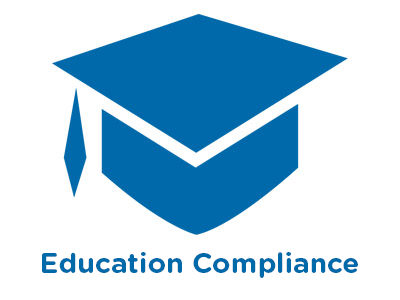 |
A Student Guide to Campus Safety at a Glance |
0.50 |
Colleges and universities devote much time and effort to creating safe learning and living environments for students and staff. Students an important role to play. This course outlines the safety precautions students should know and apply, whether they are on or off campus.
|
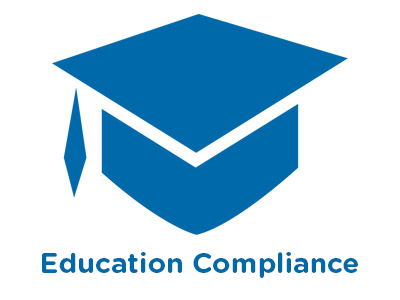 |
A Student Guide to Cultural Diversity |
0.50 |
For many of students, campus life offers the first real taste of freedom and independence. It also offers a first unfiltered view of the world, as they encounter students, faculty, and staff from other parts of the country and around the globe. Cultural diversity enriches the college experience, provides opportunities to learn and grow, and lays a foundation for the skills students need to thrive in today’s global and multicultural world. But it can also be confusing to navigate. That’s what this course is all about. |
 |
A Student Guide to Drug and Alcohol Abuse |
0.50 |
College students rank high among people who abuse drugs and alcohol on a regular basis. Students turn to drugs and alcohol for many reasons: they are on their own for the first time, and want to experiment; they are surrounded by others who drink or do drugs; they are stressed, and think it will help them to cope. In this course, students will define abuse, recognize the signs of abuse, define binge drinking and its risks, and identify sources of support.
|
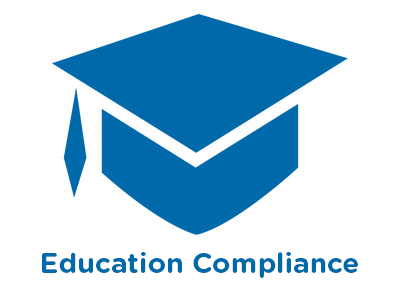 |
A Student Guide to Fire Safety |
0.50 |
Between January 2000 and May 2015, 85 fatal fires in dorms, fraternities, sororities, and off-campus housing took the lives of 118 people. This course offers students a refresher about fire safety, including the main causes of campus fires, the actions students can take to prevent fires, and the importance of working smoke alarms and knowing two ways out.
|
 |
A Student Guide to Hazing |
0.50 |
Hazing happens in sports, in Greek life, in honor societies, and in marching bands. Over half of all college students involved in sports, clubs, and other organizations experience hazing. Both male and females students report a high level of hazing, and two out of five students say they know hazing happens on their campus. This course is designed to help students quickly recognize and effectively respond to hazing. |
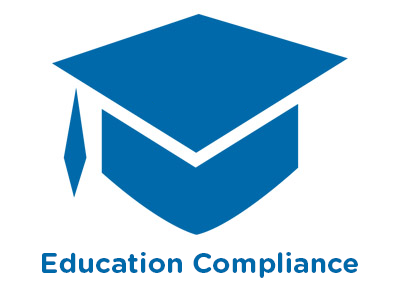 |
A Student Guide to Implicit Bias |
1.00 |
Implicit biases are the unconscious attitudes, reactions, and stereotypes that affect our understanding, actions, and decisions. In this course, students will explore the implicit biases that happen despite their best intentions. They will learn how implicit bias can impact the classroom and the workplace, and identify steps they can take to learn more about their own implicit biases. |
 |
A Student Guide to Sexual Violence and the Law |
0.50 |
According to the US Department of Justice, an average of one in four undergraduate women experience sexual assault by the time they finish college. A series of federal laws empower colleges and universities to take action against sexual violence on campus. This course offers students a brief look at the Title IX, the Clery Act, the Violence Against Women Act, and the Campus Violence Elimination Act.
|
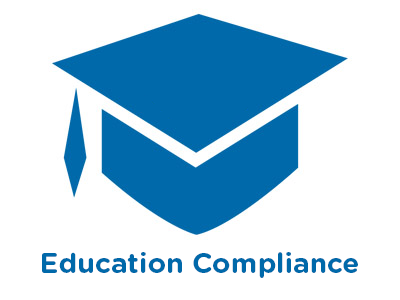 |
A Student Guide to Sexual Violence Prevention and Response |
0.50 |
This course will help students understand what they can do to prevent sexual violence, as well as how they can respond to survivors of sexual violence. Students will also examine the definition of bystander intervention, as well as explore how to define and identify consent.
|
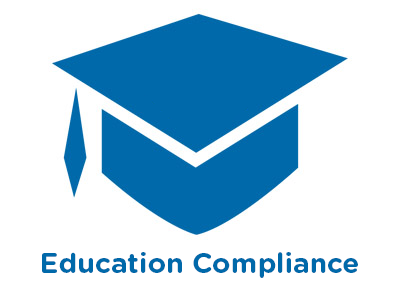 |
A Student Guide to the Clery Act |
0.50 |
The Jeanne Clery Disclosure of Campus Security Policy and Campus Crime Statistics Act, commonly known as the Clery Act, is a federal law that requires colleges and universities to track and disclose information about crimes that occur on or near campus. This course is designed to help students understand how the Clery Act impacts them and their school. |
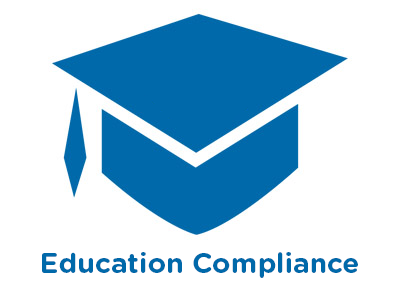 |
A Student Guide to Title IX |
0.50 |
Title IX is a federal civil rights law that prohibits sexual discrimination in educational institutions that receive federal funding. Under Title IX, discrimination on the basis of sex can include sexual harassment or sexual violence, such as rape, sexual assault, sexual battery, and sexual coercion. This course helps students to identify their rights under Title IX, and describe their school’s responsibilities under the law. |
 |
Abogando por el cuidado de la primera infancia (CDA 6) (Spanish) Advocating for Early Childhood Care (CDA 6) |
2.00 |
Este curso le proporciona las herramientas y el conocimiento para convertirse en un poderoso defensor del sistema de la primera infancia. Explore varias funciones de defensa, aproveche una gran cantidad de recursos y profundice en sus responsabilidades como defensor. Prepárese para actuar, hacer oír su voz y ser una fuerza transformadora para los jóvenes estudiantes.
This course equips you with the tools and knowledge to become a powerful advocate in the early childhood system. Explore various advocacy roles, tap into a wealth of resources, and dive deep into your responsibilities as an advocate. Prepare to take action, make your voice heard, and be a transformative force for young learners. |
 |
Accessibility |
0.50 |
This course covers disability etiquette in the workplace and legal requirements, in addition to accommodations for employees and patrons with disabilities. Interacting with people with disabilities is based on a knowledgeable and evolving foundation with room for growth. Employees in the workplace and people with disabilities who enter these workplaces will feel more welcome and included the more this foundation is relied upon. |
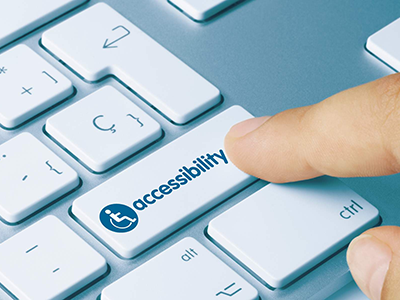 |
Accessible Instructional Materials (AIM) |
1.00 |
Many students with disabilities have difficulty with standard materials, seeing them, manipulating them, or decoding or comprehending them. These students need accessible instructional materials (AIM) in order to access the general education curriculum.
This course is all about accessible instructional materials. This course will help you develop new knowledge about students and will help you understand your role in assisting students that need to use these materials. |


























